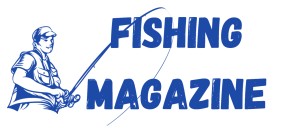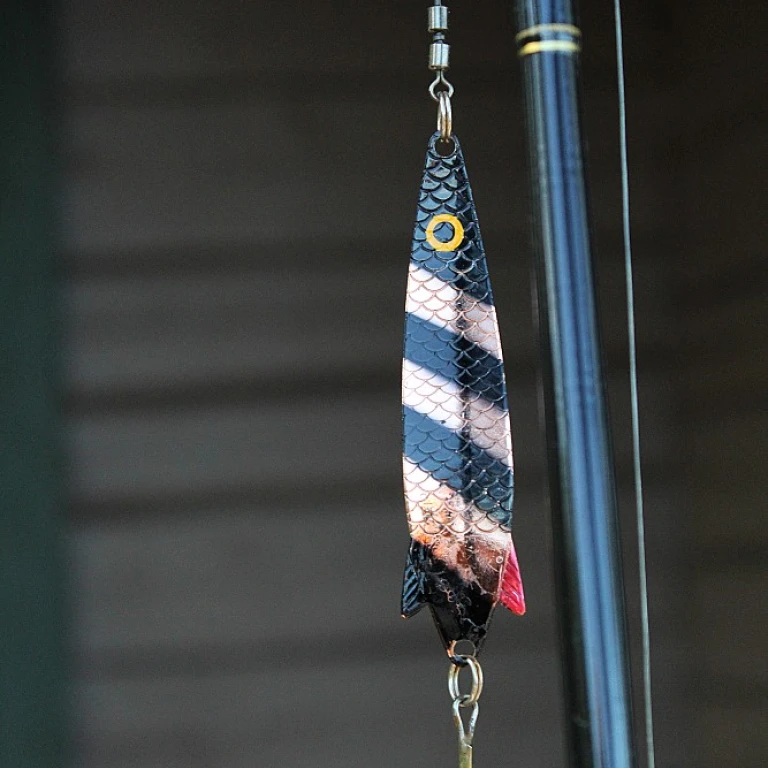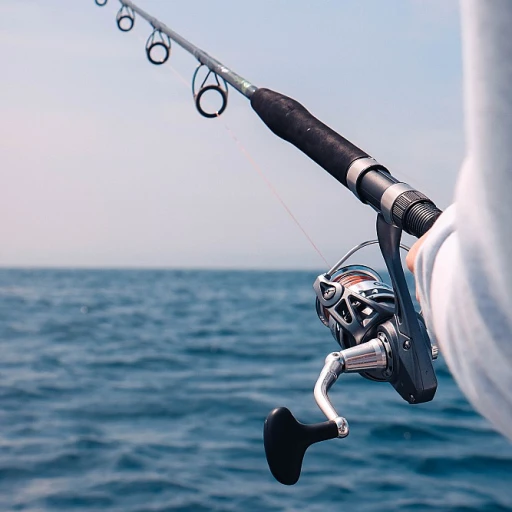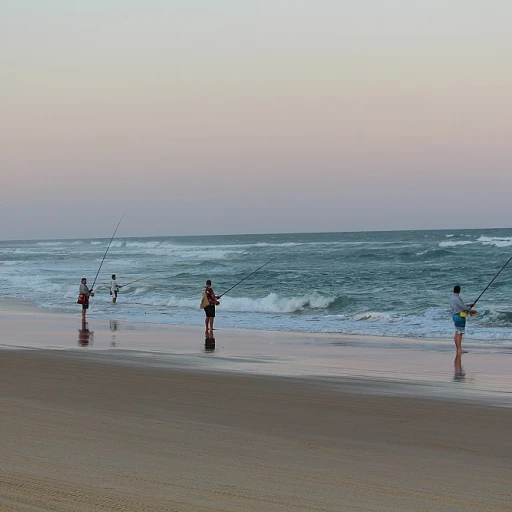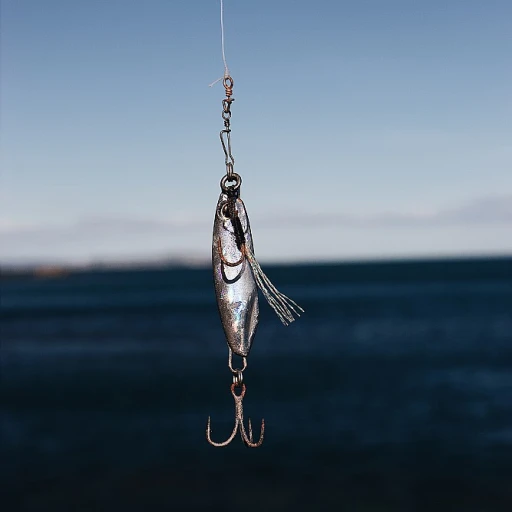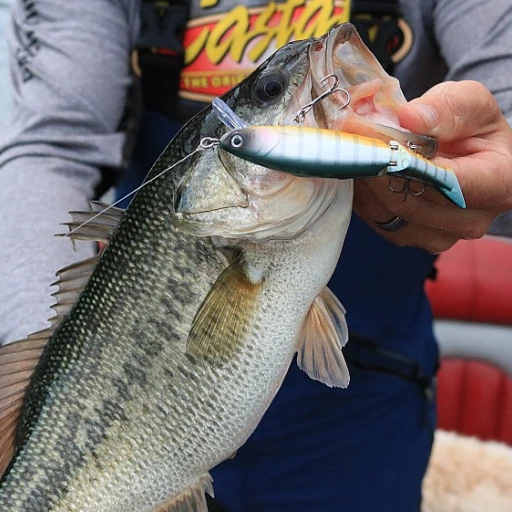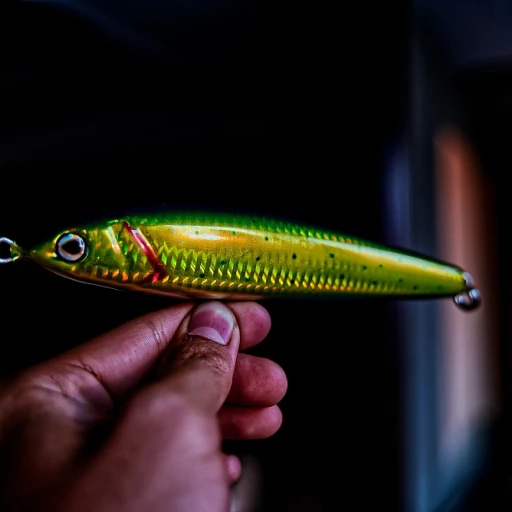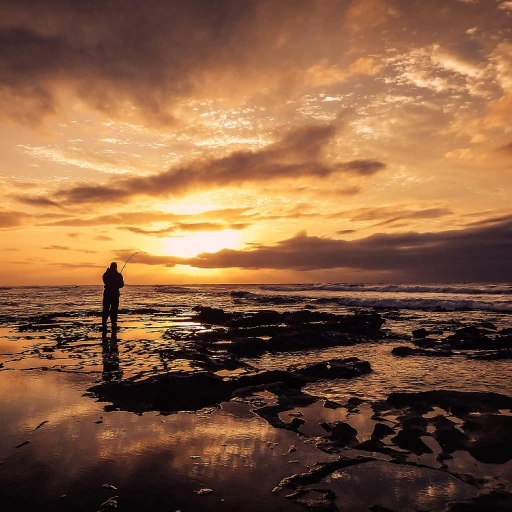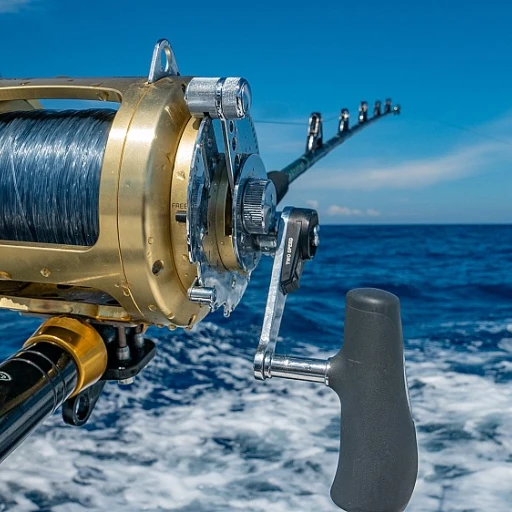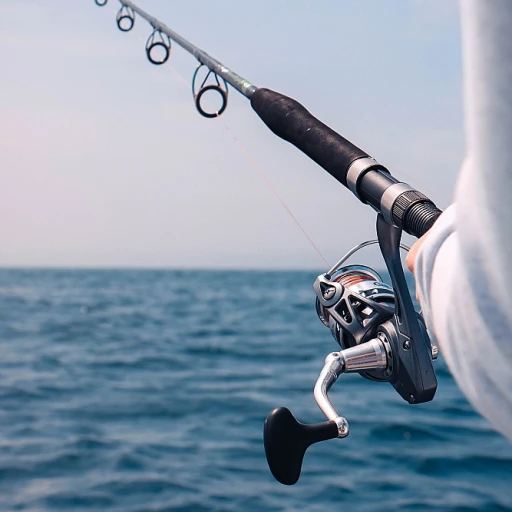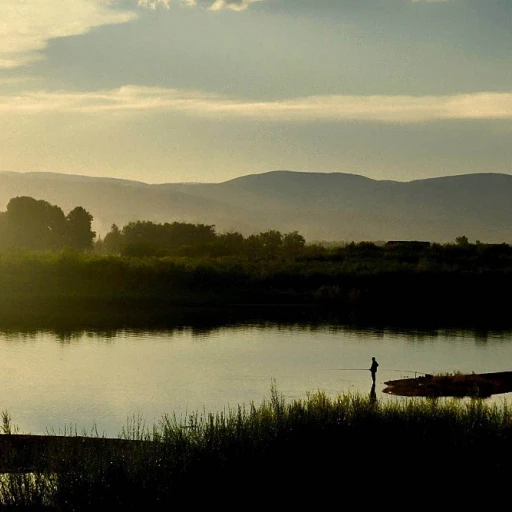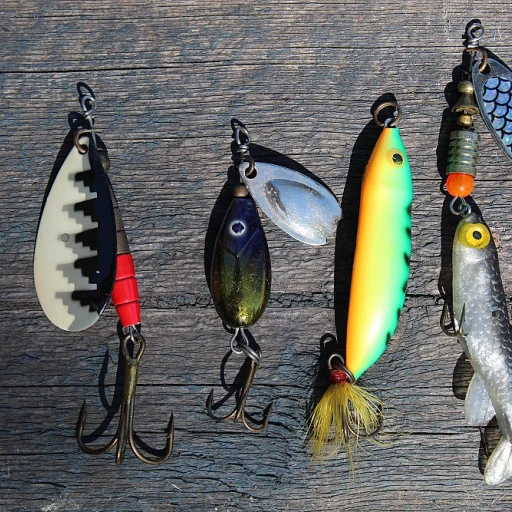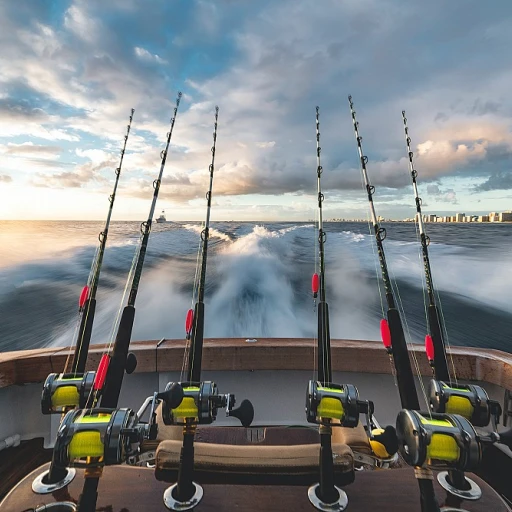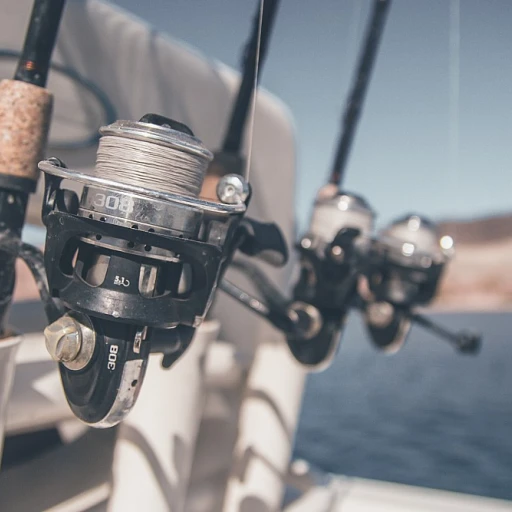
Understanding the Blue River Ecosystem
The Natural Composition of the Blue River
The Blue River offers a unique ecosystem, deeply cherished by fishing enthusiasts both locally and internationally. Nestled in the heart of Colorado, the river's cold, clear waters provide the perfect habitat for a variety of fish species, including the rainbow trout and the elusive zebra midge.
Water Temperature and Habitat
The Blue River's water temperature plays a crucial role in supporting its diverse aquatic life. Additionally, the river's connection with Green Mountain Reservoir and its proximity to the South Platte and Arkansas rivers create a thriving environment that attracts anglers year round.
A Diverse Fish Population
The river boasts an impressive variety of fish including smallmouth bass, largemouth bass, and the much sought after rainbow trout. These species thrive in areas near the dam and the middle fork, benefiting from the multitudinous bait fish and fly fishing opportunities.
Accessibility for Fishing Enthusiasts
A good access is pivotal for anglers who frequent the river. Well-maintained boat ramps and the easy-to-navigate terrain make it an ideal destination for fly fishing. Important locations like the Williams Fork and the mouth of black and red black trout habitats are noteworthy spots favored by avid fishermen.
For those considering a trip to the Blue River, understanding this unique environment can enhance their fishing experience. Whether you are aiming to catch the finest trout or enjoy the serene surroundings, the Blue River offers a rewarding fishing adventure.
Challenges Faced by Recreational Fishermen
Confronting the Angler's Obstacles
Recreational fishermen venturing into the Blue River face an array of challenges. The picturesque surroundings can sometimes mask these difficulties, but it's essential to acknowledge them to improve angling success. From navigating access points to dealing with fluctuating water temperatures, the Blue River presents its unique set of hurdles. One primary obstacle is gaining access to prime fishing spots. Public access to the river can be limited, requiring anglers to plan meticulously. Popular areas like the Green Mountain Reservoir and the Williams Fork offer some relief, yet they might not guarantee solitude. Another challenge involves adapting to the river's water levels and conditions. Water temperature plays a significant role in fish behavior, particularly for species such as rainbow trout and smallmouth bass. For instance, the Blue River's water temperature can affect fly fishing success rates throughout the year. Adjusting tactics based on these conditions is key. Additionally, fishermen must contend with the selective nature of the Blue River's fish. The elusive trout, for instance, might prefer specific flies or baits, such as zebra midges in subtle shades like red and black. It's critical to remain patient and adaptable to catch these finicky fish. Furthermore, the presence of various fish species such as largemouth bass and smallmouth bass demands versatility in approach. Whether it’s targeting largemouth bass around submerged structures or searching for smallmouths near rocky cover, the dynamic environment keeps anglers on their toes. Despite these challenges, the rewards for diligent anglers are well worth the effort. Whether you are in Colorado testing new flies or exploring elsewhere along the Colorado River or the South Platte, understanding these hurdles can enhance the overall fishing experience.Essential Fishing Gear for the Blue River
Gearing Up for Success
For those casting lines into the Blue River, having the right fishing gear is key to success. This body of water is home to a diverse array of species, including trout, bass, and the coveted rainbow trout. Understanding the ecosystem, as we've explored, helps in making informed decisions about what gear will best serve an angler's ambitions.
First and foremost, your choice of fishing rod and reel is crucial. Fly fishing is particularly popular given the river's habitat, and a quality rod can make all the difference. A lightweight, flexible rod paired with a high-quality reel ensures smooth casts, typical when targeting trout and bass in this region.
In terms of bait, anglers will find a selection of flies indispensable. Options like the zebra midge and red black are often recommended in many fishing reports. These mimic the river’s natural insect life, particularly effective due to the Blue River's unique ecosystem. Meanwhile, live bait also holds its own in these waters, particularly for species like the smallmouth and largemouth bass.
Additional gear considerations include dependable fishing lines, which should cater to the species you're after. Using lines that accommodate larger fish, such as largemouth bass and rainbow trout, is prudent. Being prepared with both floating and sinking lines will offer versatility, especially when water levels vary.
Lastly, anglers should gear up for the conditions distinct to Colorado's climate and terrain around areas like the green mountain reservoir and williams fork. This means rugged waders for colder water temperatures and a durable tackle box to withstand expeditions to remote parts of the river, including spots influenced by dams or those with challenging access.
In summary, well-rounded gear tailored to the Blue River's offerings equips anglers for an enjoyable and productive outing, whether casting in tranquil waters or chasing larger, more elusive fish in Colorado's renowned fishing destinations.
Techniques for Successful Fishing on the Blue River
Mastering Fishing Techniques in the Blue River
Fishing in the Blue River, with its dynamic ecosystem ranging from the mountain reservoir to the middle fork, offers diverse opportunities for anglers. Understanding the specific conditions and techniques for this river can enhance your fishing experience.
The varying water temperatures along the river's stretches, influenced by areas like the Green Mountain and the Williams Fork, play a pivotal role in determining which techniques will be most effective. For those keen on fly fishing, the report identifies fly patterns such as the zebra midge, red and black, and even the classic woolly bugger as consistent performers year-round.
Patience and adaptability are key when pursuing rainbow trout and largemouth bass in these waters. The Blue River is renowned for its bass largemouth as well as smallmouth bass, which can be targeted using both fly and traditional bait methods. Utilizing boat ramps for access allows anglers to strategically choose fishing spots, particularly when aiming for spots around the reservoir and dam regions.
In sections where fly fishing is particularly good, using flies like the midge during specific times of day when trout activity increases can significantly increase your catch rate. Bass fishing in the lake and reservoir areas may require adjustments in tackle and technique, especially under challenging conditions posed by the water flow and depth.
The Colorado rivers, including the nearby South Platte and Arkansas River, share similarities with the Blue River in terms of fish species and fly patterns used, providing valuable insights for fishermen looking to expand their techniques. With access to reliable fishing reports, including updates on water level and temperature, anglers will be equipped for a productive day on the river.
